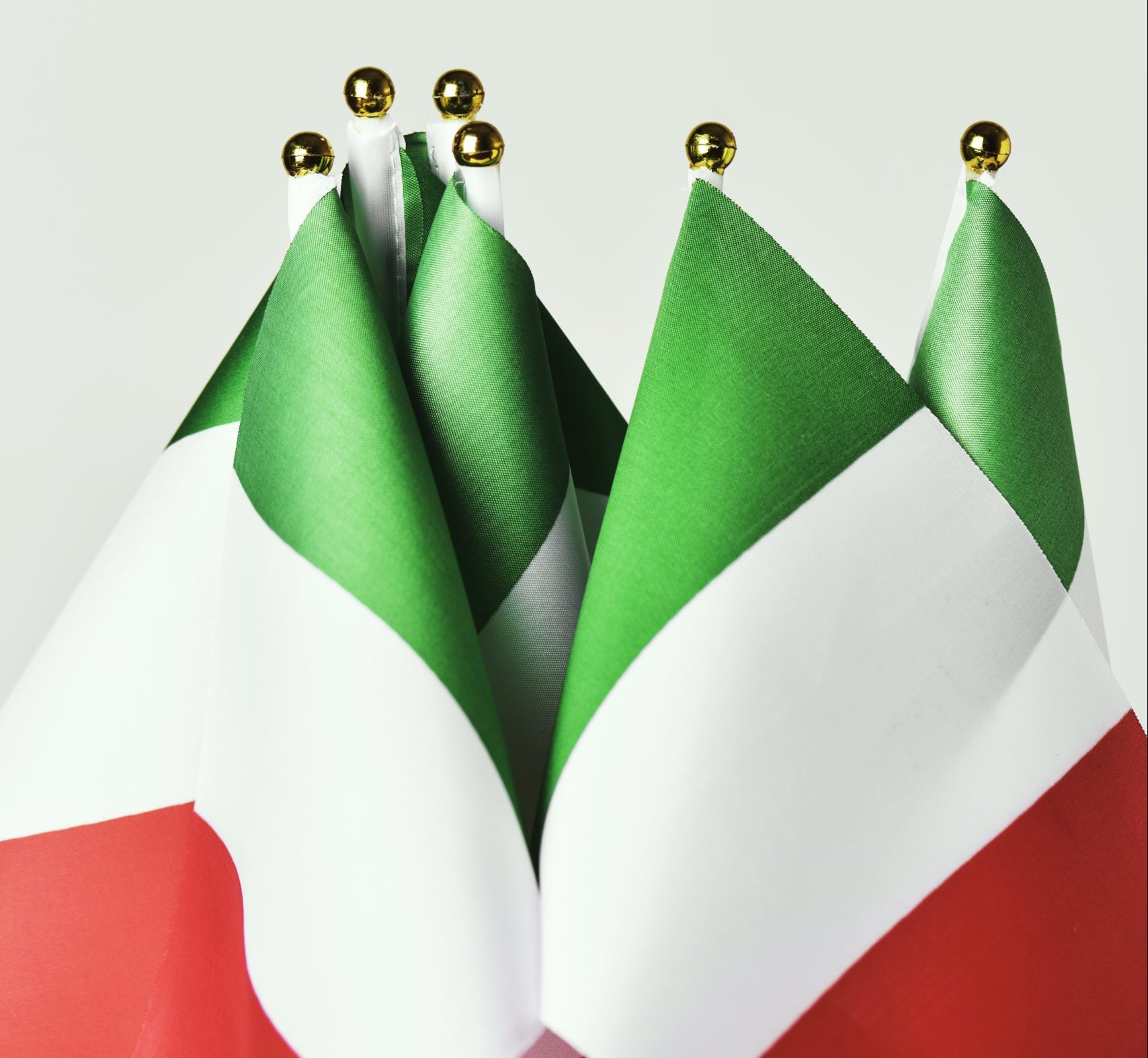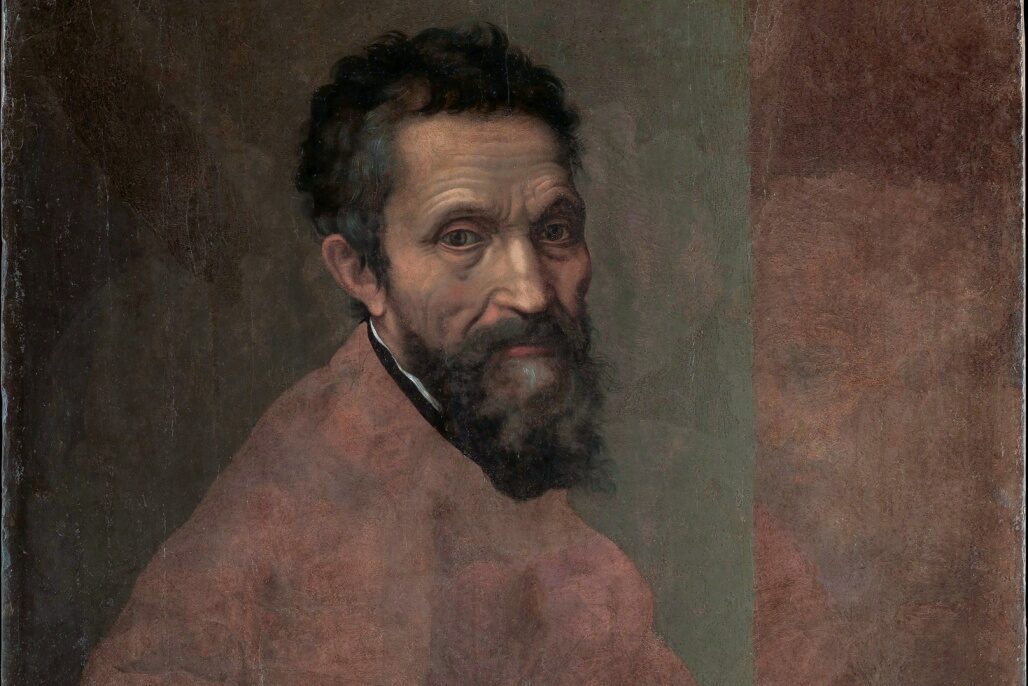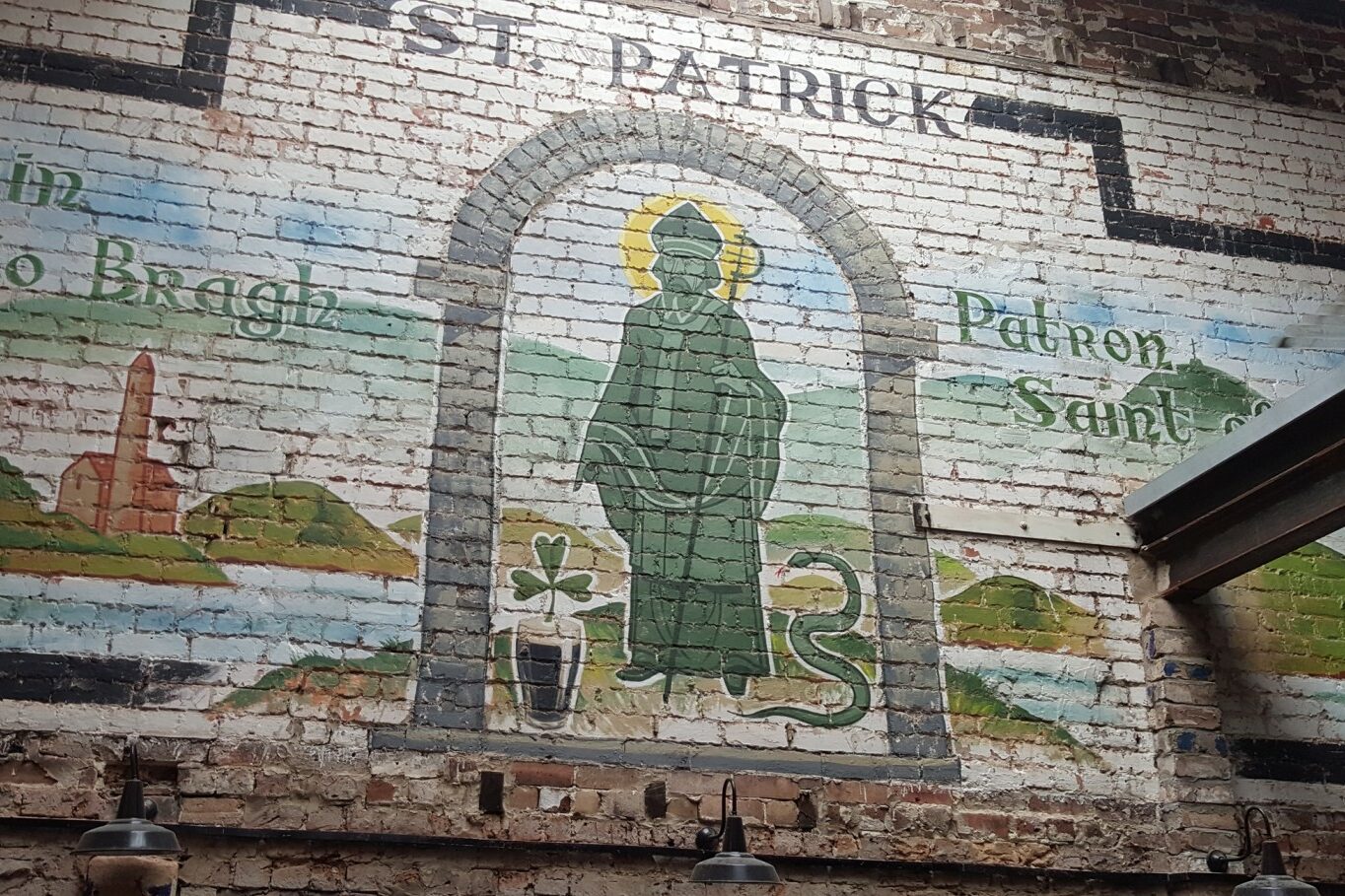Dear Readers,
Festa della Repubblica, simply stated, commemorates June 2, 1946, the date the Italian people were asked to VOTE in a referendum and choose between a Republican form of government or a return to the Monarchy. Here is a bit of the Back Story:
Italy did not exist, except geographically, until 1861 when most of Italy was unified, except for Rome, which remained under the Papacy until 1870, when Rome was incorporated into Italy. It was then that the various principalities, city-states and other areas of the “stivale” (boot) were united into one political entity ruled by the House of Savoy as a constitutional monarchy. Approximately fifty-two years later, in October 1922 with the famous “March on Rome” Mussolini took power, and remain in power for twenty years. The King was allowed to remain as a ceremonial figurehead even during Fascism.
Mussolini’s Fascist government ruled until July 1943. All aspects of life were changed; opponents were jailed or exiled, racist laws against Jews were passed and the alliance with Hitler was formed. This led to Italy’s participation in WWII as an ally of the German Nazi government in 1940. In July 1943, the King of Italy, Vittorio Emanuele III, who 20 years earlier had wanted Mussolini as his prime minister, saw it as his duty to save the Monarchy and end Mussolini’s two decade rule.
On July 25, 1943, the King received Mussolini for what Mussolini thought were the usual weekly meetings in Rome. Mussolini was instead arrested and a new government was formed, under the auspices of the King. The new government declared war against Germany, which responded by invading Italy and freeing Mussolini, who formed the Italian Socialist Republic in the city of Salò in Northern Italy. The Allies eventually arrived in Italy, led by the Americans, and liberated Northern Italy and the rest of the country from German occupation in April 1945.
On May 9, 1946, King Umberto became Italy’s last king after the abdication of his father, Vittorio Emanuele III, whose ability to rule had been compromised by his acquiescence to Mussolini’s dictatorship and his cowardly departure from Rome during the night of Sept. 9, 1943 leaving a nation in hands of Germany, a former ally, now a vindictive foe that shipped over 650,000 Italian soldiers to prison work camps in Germany.
On June 2, 1946, following twenty years of Fascism, five years of a grueling war, and confusing political times, the Italian people were asked to vote in a referendum to choose between a Republican form of government or return to the Monarchy. The evening before the referendum, King Umberto reassured the Italian people that he would not interfere with the decision by issuing this message: “Italians! Now on the eve of the vote through which you will choose between monarchy and republic, I wish to again speak to you openly and sincerely. As I have already repeatedly declared, I will accept the people’s free choice, and I will ask the faithful backers of the Monarchy to also respect without reserve the majority’s decision.”
June 2 was already a symbolic date, as it was the anniversary of Giuseppe Garibaldi’s death in 1882. Voting took place on both Sunday and Monday. Bars and cafés were ordered closed during the voting to avoid drunken riots and scenes. Voters lined up early at polling places around Italy to cast the historic vote. Nearly half of all voters were women. The king and queen, Umberto and Maria José, also voted, although they had some slight problems at the polls when they showed up to vote without bringing identification.
The ballot itself was a simple paper headed by the wording “Referendum on the Institutional Format of the Country” with two pictures of the Italian peninsula on which were superimposed the symbols of the monarchy or the republic, and a box next to each picture for the voter to mark. At the bottom of the paper the simple instructions: ‘place mark in the box next to the chosen symbol’.
The first results showed a very close race, with the next few days characterized by reports of victory for one or the other form of government. It was not until June 5 that the final tally showed a victory for a Republican form of government. 54.3% of the voters chose a Republic, leading to the end of the Monarchy and a peaceful exile for Umberto and the Royal family. The Italian Constitution was adopted on January 1, 1948.
***
Italy’s flag is red, white and green
The colors represent the three cardinal virtues: Hope (green), Faith (white) and Charity (red) as Dante explained in The Divine Comedy. The green is next to the pole, the white in in the middle, and the red at the end. Because of its three colors, the Italian flag is also called il Tricolore and, like many other European flags, its design was inspired by the flag of the French Revolution, which was red, white, and blue.
In 1796, when Italy was still divided, Napoleon authorized its official use in parts of Northern Italy. The next year, it was officially adopted as the flag of the small city-states of Bologna, Ferrara, Modena and Reggio-Emilia. Later it was adopted by many of the other city-states that Italy was composed of prior to its unification. During the Revolutionary period of 1821-1831, when young Italians fought to unify the country, the Tricolore was adopted as the emblem of reunification by the Giovine Italia (Young Italy) movement. When Italy was finally united under the Royal House of Savoy in 1860, the King’s coat of arms was added to the white portion of the flag. About 85 years later in 1946, the Savoy coat of arms was removed after Italy became a Republic.
The national flag of the Italian Republic must be honored at all public events. When other flags – such as the city banner or other local standards are displayed, the Tricolore must occupy the place of honor: above the others or to their right. As with the American Stars and Stripes, and other national flags, the Italian flag is raised at dawn, lowered at sunset, and flown at half-past in mourning.
***































